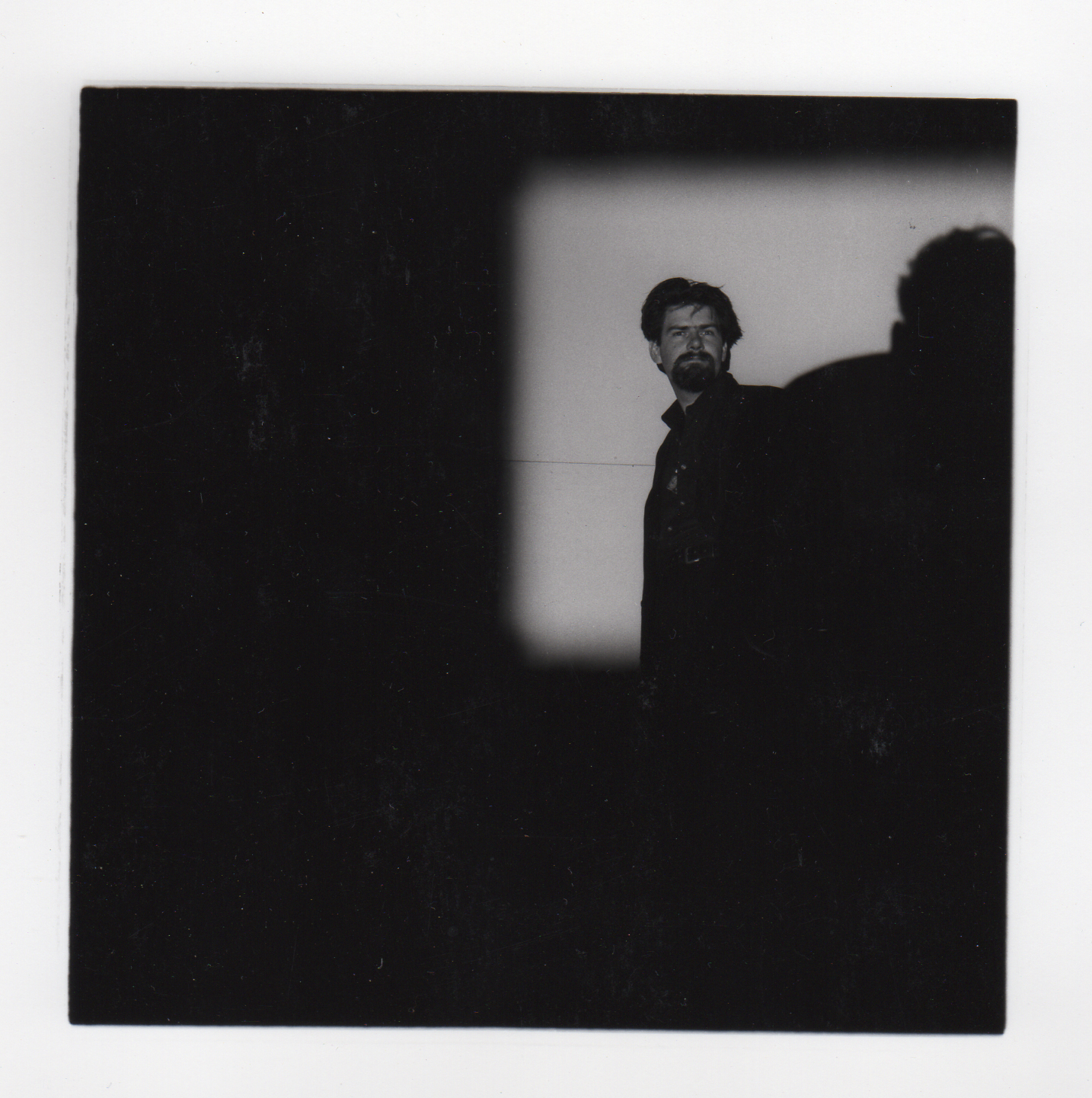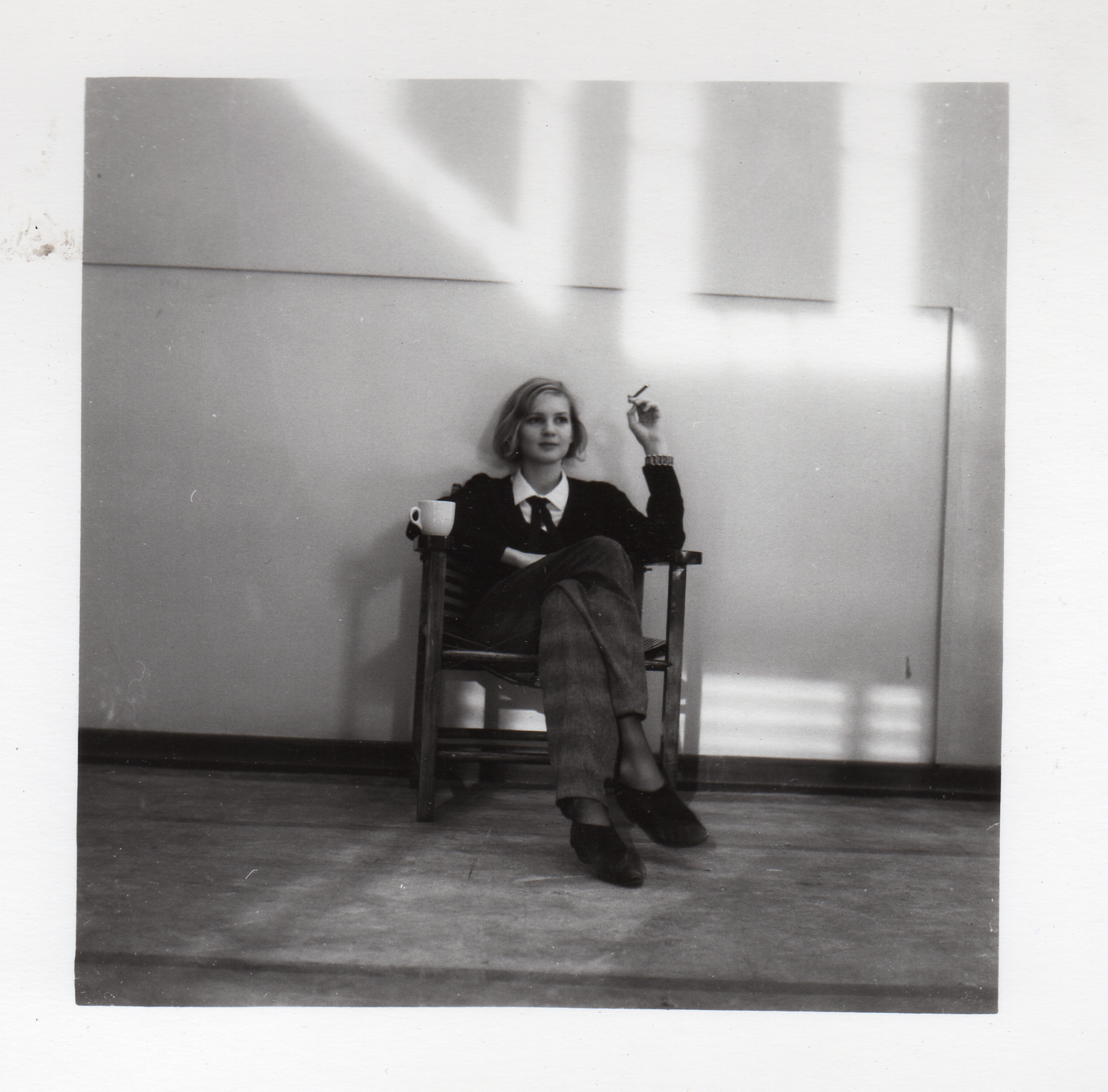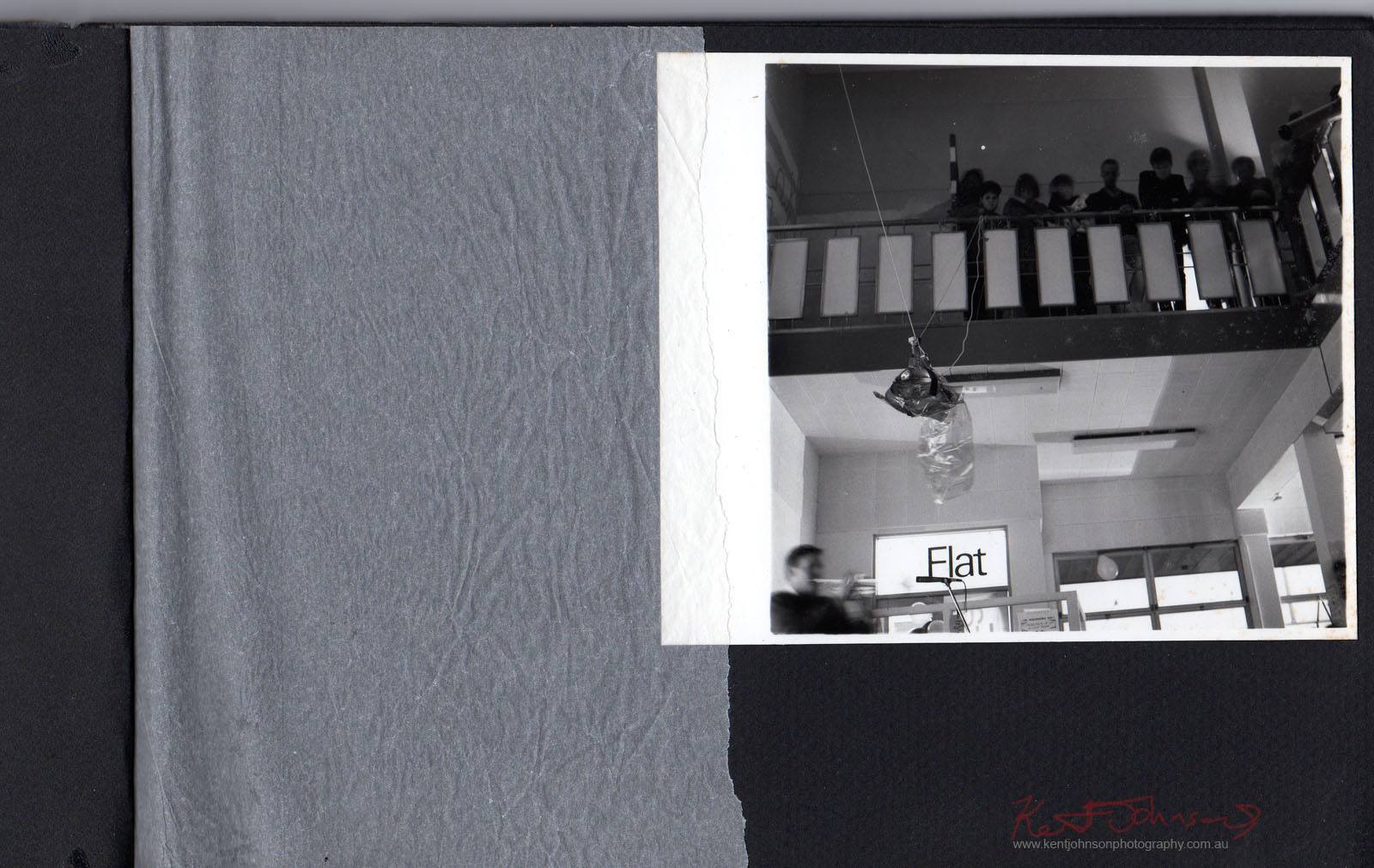Interview with KENT JOHNSON
the ephemera interviews
In this series of interviews artists directly involved in ARIs and artist-run culture 1980- 2000 speak about the social context for their art making and provide insights into the ephemera they produced or collaborated on during this period. Artist ephemera includes artworks, photocopies, photographs, videos, films, audio, mail art, posters, exhibition invites, flyers, buttons and badges, exhibition catalogues, didactics, room sheets, artist publications, analogue to digital resources and artist files.
BIO
Kent was born in Adelaide South Australia in 1963, moved to Brisbane in 1965 and has lived in Sydney since 1986.
Kent continues to work as a photographer in fashion, portrait and documentation photography, and exhibits sporadically.
During my time as a student at the Queensland College of Art I first started documenting artists and performance in gallery spaces, predominately at One Flat art space in the city with the tacit approval of Director Jeanelle Hurst and organisers of The Midnight Cabaret, Brisbane musicians and anarchists Tapeloops.
I have continued to, or perhaps its better better to say – since around 2006 – I recommenced documenting artists at art openings in Sydney and continue to this day, as an open ended photography project. I am also working on documenting Post WW2 and Inter-War period homes in Brisbane, in close to original condition; and I am looking forward to exhibiting this project in Brisbane in the not too distant future.
In 2007 disappointed by the AGNSW’s cancellation of the The Citigroup Australian Photographic Portraiture Prize, I started a grass roots online petition and lobby group which succeeded in having the Photographic Portrait Prize adopted by the National Portrait Gallery in Canberra.
A selection of 40 of my Artists Portraits of artists exhibiting at SNO Gallery 2006-2010 were shown as a solo show at SNO in 2010. Since 2007 I have run a blog about Sydney Fashion, Art and Events called Street Fashion Sydney and was invited to speak about the blog at Casula Powerhouse in 2013.
Websites
Interview, 1 November 2015.
PA:
1980’s Queensland/Brisbane Social History: what sort of world was this Queensland society for you Kent?
KJ:
I had become friends with a group of people at church.. who were all students at the Queensland College of Art; through mixing with them I realised that much of my teen angst could be, I don’t know.. dealt with in a positive way through art. Once I had become an art student my whole world changed, suddenly there were like minded people around, and I found Brisbane had more energy than I had ever previously suspected.
PA:
The Bjelke-Petersen Regime, “The Police State” years Qld’s unique 1980’s political backdrop, twenty years of “oppression” how did it directly or indirectly impact upon you and your friends and peers, or not?
KJ:
Of course the great joke at the time was how many cars would the police send to shut down the party! It was always a topic of conversation. Sometimes bragging rights, but also a cause for concern, you never really knew if things would turn ugly, with the law. And we all knew of a situation where it had…
The sense of something concrete to rebel against was strong and the odd whiff of corruption was I must say; on occasion quite heady and intoxicating. By the same token, if you were reasonably well dressed and driving a little under the influence, and stopped by police, you might just as well be told to go straight home..
PA:
And your education (primary and/or secondary), teachers/mentors and how this influenced you and the type of creative/design or art work you were making during the 1980’s, the media/technology used, your key subjects, contents and themes?
KJ:
My school years were not great to say the least. However; quite curiously my High School English teacher (and an Art teacher I loathed) ended up teaching at the QCA while I was there. One of the art works I made at high school that I still remember, was an assemblage with a speaker attached to play music through.
These days I run into this sort of art quite often. I think that school piece was failed at the time. In this period however my father was quite an active and respected singer in musical theater, and at one point started a pantomime company. As most kids do I thought my family was quite normal (and they are) but I now see that the creativity in the home has certainly had large and ongoing influence in my life.
PA:
Tell me a bit about two or three vivid and memorable DIY/ artist or artist-run groups/space/project/exhibition/performance collaborations you directly participated in, where, when, who, why and what? Why did DIY matter to you?
KJ:
Performances at The Trocadero, the basement cafe at the Metro Arts, the galleries upstairs. My high school mate Peter with his band The Pitts playing the Camp Hill School of Arts! Peter and I did an independent school mag together “The Agitator”, rewarded with a trip to the headmasters office.. All this in my lead-up to art school.
In classic photographer mode I would say I was more of an observer, semi outsider – at the various “One Flat” performance nights in their George Street space including the “Midnight Cabaret” – though always grateful to be part of something. And to be frank; at the time a lot of what was going on was well over my head; I was more-or-less, a middle class boy from a working class neighborhood who had gotten into art school; just being part of it was so new and exciting. These days I wish I had photographed more of what was happening and had kept proper notes! Of course film was expensive. I did archive the film & proofs satisfactorily.
“…I think its great to look back and see and remember where you came from. This is VERY much my background and it still informs work to this very day.
PA:
Kinship: A brief biography about you and some measure of detail about your family’s recent or not so recent immigration story?
KJ:
My parents moved to Queensland from Adelaide in South Australia; on my Mothers side we are first (boat) white (South) Australian free. Dad’s side is more complex with difficult to trace Estonian heritage – great grand dad jumped a ship to avoid the Russians conscription – so the story goes. If I am not mumbling, I have the classic South Australian accent which is very similar to the classic educated Australian accent; it has been very useful at times.
PA:
So much collaborating happened tell me about two or three most vivid and fond memories you have about the artist-runs/events/groups meeting places that proliferated during the 1980-1990 period, why do you think/feel artist-run culture proliferated so well and in such abundance during this time?
KJ:
Well there was no internet for a start! If you wanted anything to happen, and I think young creative people really do, then you had to get together, you had to talk. The Cosmopolitan Cafe (or was it The Roma?) in the Valley was a favorite of mine, Le Scoops in the city, Blue Moon Cafe. Events organised by the Brisbane anarchist group; clubbing(!) and of course parties or dropping in on friends, just rocking up and knocking on the door. Maybe leave a handwritten note under the door if they were out to let them know you came by.
PA:
Anything you would like to add, and perhaps something about what has been positive, exciting and satisfying about this shared archival journey and the collective reflecting or conversation so far – the social media page on Facebook, Peter and Michelle’s research for the UQAM exhibition next year and finally, after almost three years of research finally securing seed funding for a public archive for us here at ariremix.com.au?
KJ:
I have been enjoying seeing pictures from the shows and behind the scenes on the Facebook page and the interactions between us all, even though its been such a long time its fantastic to see a core group as excited now as we were then about art and creativity. And, I think its great to look back and see and remember where you came from. This is VERY much my background and it still informs work to this very day.
RELATED LINKS
No related posts.







